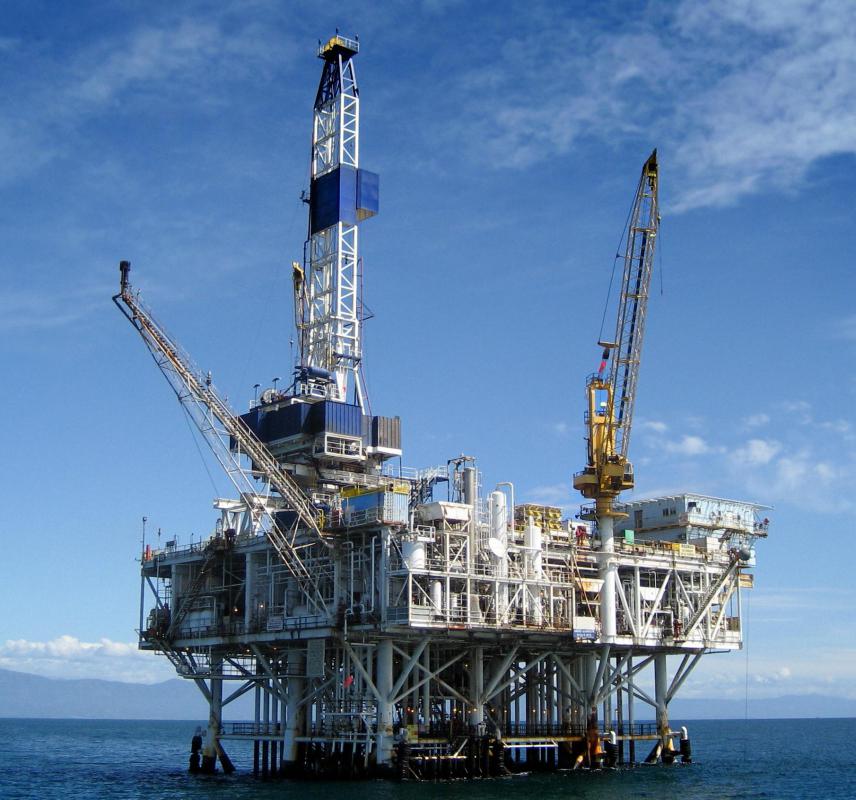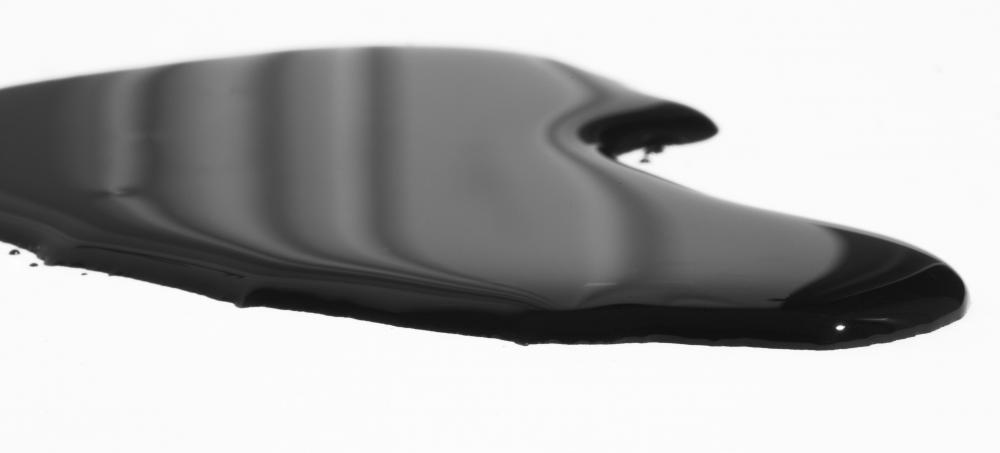At AllThingsNature, we're committed to delivering accurate, trustworthy information. Our expert-authored content is rigorously fact-checked and sourced from credible authorities. Discover how we uphold the highest standards in providing you with reliable knowledge.
What Is a Petroleum Reservoir?
A petroleum reservoir is a term that is used to describe the accumulation of crude oil in a defined location. Usually, the location where the crude oil may have formed is often underground or beneath the sea or ocean floor. These formations are the result of the decomposition of organic matter over the course of centuries, which is why the fuel or energy that is derived from such is known as a nonrenewable source of energy. This means any depletion of such a deposit cannot be replenished the same way in the foreseeable future, making it absolutely necessary for other sources of energy to be developed to take the pressure off the fast-depleting global petroleum reservoir that has been subjected to intense demand from consumers of energy.
A petroleum reservoir may be discovered by accident, as has happened when the oil seeps to the surface or when the oil seeps into water supply, consequently revealing its presence in that location. Other times, it is often necessary to intentionally explore different regions through the application of scientific and geographic knowledge with the view of discovering other places that may contain petroleum reservoir. Some regions of the world have vast crude oil deposits or are blessed with the presence petroleum reservoir within their geographic territory. Where this is the case, such countries can expect to make a lot of money from the sale of the oil both in its crude and refined state.

Indeed, some oil companies dedicate a lot of resources in the form of manpower, economic and material resources to the discovery of any form of petroleum reservoir. Some of these oil companies have expensive oil rigs located on both onshore and offshore facilities where they are utilized in drilling holes that go down many feet into the ground as part of the process of extracting the crude oil from the reservoir. Even though the presence of a petroleum reservoir is considered a stroke of good fortune by the residents of that area due to the economic benefits, some members may not be quite as thrilled due to the negative environmental and adverse health consequences associated with the various processes of drilling for the petroleum. For example, the practice of gas flaring is one that releases noxious fumes into the environment, and the many cases of oil spills also contribute to the detrimental effects associated with petroleum reservoir exploration.
Frequently Asked Questions
What exactly is a petroleum reservoir?

A petroleum reservoir is a subsurface pool of hydrocarbons contained within porous or fractured rock formations. These natural reservoirs are the sources from which oil and gas are extracted. They are typically found in sedimentary rocks, where organic materials have been subjected to heat and pressure over millions of years, converting them into petroleum.
How are petroleum reservoirs formed?
Petroleum reservoirs are formed through a geological process that takes millions of years. Organic material from ancient sea life and plants gets buried under layers of sediment. Over time, this material is subjected to intense heat and pressure, transforming it into oil and gas. These hydrocarbons migrate through porous rocks until they are trapped by non-porous rocks, forming a reservoir.
What types of rocks are petroleum reservoirs found in?
Petroleum reservoirs are predominantly found in sedimentary rocks, such as sandstone, limestone, and dolomite. These rocks have the porosity and permeability necessary to store and transmit petroleum. The spaces between the grains in these rocks can hold significant quantities of oil and gas, which can be extracted through drilling.
How do geologists locate petroleum reservoirs?
Geologists use a variety of methods to locate petroleum reservoirs, including geological mapping, seismic surveys, and exploratory drilling. Seismic surveys, which create shock waves that penetrate the Earth and bounce back to the surface, provide detailed images of the subsurface, revealing structures that may contain hydrocarbons. Exploratory drilling is then used to confirm the presence of a reservoir.
What is the difference between conventional and unconventional petroleum reservoirs?
Conventional petroleum reservoirs are those where oil and gas flow naturally to the surface or can be pumped out easily due to their high porosity and permeability. Unconventional reservoirs, such as shale formations, tight sands, or coal beds, have low permeability, requiring advanced extraction techniques like hydraulic fracturing or horizontal drilling to produce the hydrocarbons.
How long can a petroleum reservoir continue to produce oil and gas?
The lifespan of a petroleum reservoir depends on its size, the rate of production, and the efficiency of the extraction methods used. A reservoir can produce oil and gas for several decades, but production typically declines over time. According to the U.S. Energy Information Administration, the average decline rate for oil fields around the world is about 6% per year, but this can vary widely.
AS FEATURED ON:
AS FEATURED ON:












Discuss this Article
Post your comments